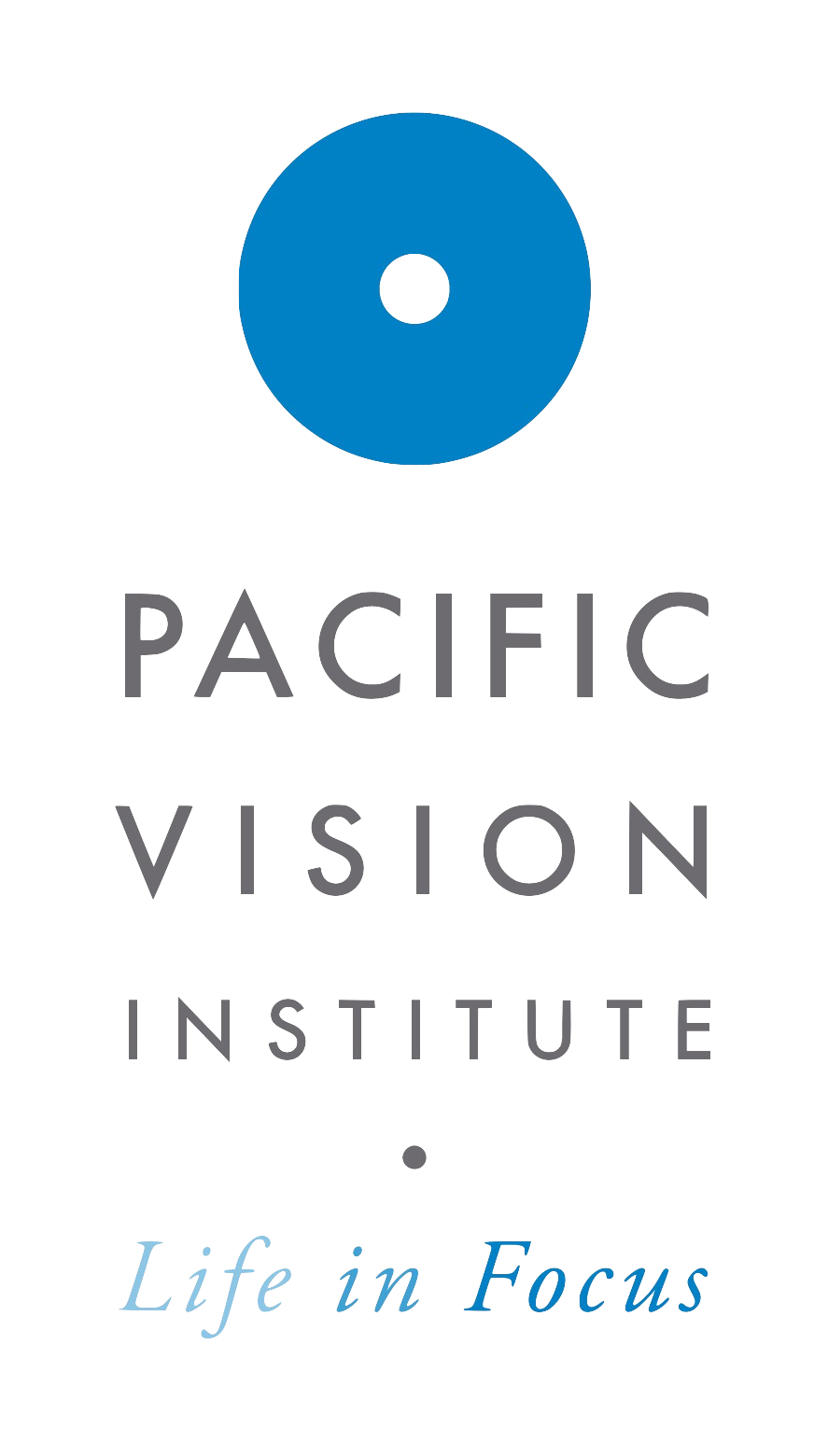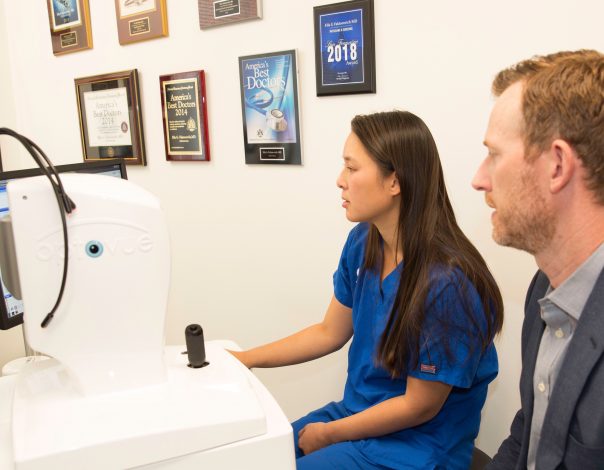5 signs you are a great candidate for LASIK eye surgery
LASIK was first approved by the FDA in 1999. Since then, it has become a popular procedure for correcting poor vision, allowing millions of patients to see more clearly. There has never been a better time to learn about LASIK eye surgery and undergo the procedure.
That said, one must always consider the factors that determine suitability for the procedure and great vision outcomes. Knowing the necessary criteria allows patients to know whether they can safely have the procedure done with a carefully selected surgeon.
LASIK patients must be at least 18 years of age
Patients who are younger than 18 are still experiencing changes in their bodies, as certain areas are still developing. This includes the eyes. Over time, hormonal fluctuations can have an effect on one’s vision. Undergoing LASIK surgery when younger than 18 y.o. is simply not a good idea, because the patient’s eyes may continue to change afterward.
Patients must have a stable vision prescription within 0.5D per year
Having a prescription within 0.5D vs. previous year is a vital component of having a successful LASIK surgery. It is usually recommended that patients have a stable prescription, within 0.5D for at least one year before undergoing LASIK surgery.
Patients should be in good overall health
As with any procedure, being in good overall health is important for LASIK eye surgery candidates. Having diabetes or certain autoimmune diseases can disqualify one from being a good fit for the procedure.
Certain eye conditions can also make one unfit for undergoing the procedure. Conditions such as cataracts or glaucoma can complicate a LASIK procedure, or even make it dangerous. Patients can learn more information about this when consulting with their surgeons.
Patients who are struggling with these conditions may be better suited for another procedure, such as PRK.
Patients must be free of certain corneal conditions
During the private consultation, ophthalmologists usually screen conditions such as Epithelial Basement Membrane Dystrophy, for example. In cases where patients have it, it is usually recommended that they take certain measures to address the issue. Once symptoms have improved, patients are able to undergo PRK surgery.
LASIK may be contraindicated in patients with EBMD.
Patients’ prescriptions have to be within certain limits
While LASIK can greatly improve one’s vision, there are certain limitations to its efficacy. LASIK is typically best for patients who are nearsighted. That said, it can be effective for those who are farsighted as well.
LASIK is able to correct -12 diopters of nearsightedness, +5 diopters for farsightedness, and 5 diopters for astigmatism. Patients whose prescriptions are outside of these limits may need to consider an alternative procedure. Undergoing a private consultation is the best way for patients to determine whether LASIK is right for them.
What is the takeaway?
Patients who are looking to undergo LASIK surgery would do well to check that a qualified surgeon can perform their procedure with excellent outcome. While LASIK is suitable for most patients, there are some factors that will render one unfit for the procedure. Meeting with a licensed, highly revered specialist will ensure that patients get the treatment that they need.

